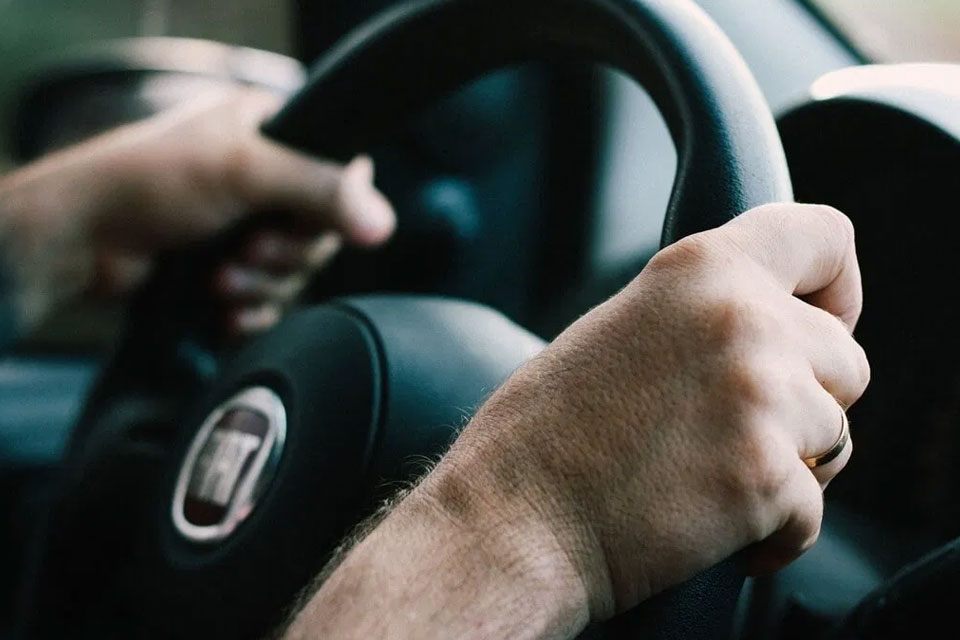
Thousands of car accidents occur across the United States every minute, costing millions of dollars in damages and losses. While most of these accidents are caused by irresponsible drivers, their severity is determined by how safe a car is manufactured to be.
The design and make of your car can help prevent fatal injuries if ever you get caught in a pileup along the highway. Modern manufacturers are always creating newer products that are safer for drivers, so if you have a vehicle that hasn’t experienced an upgrade, it’s best to check out these important tips that can lower your risk of serious injury on the road.
1. Perform regular maintenance checks
If you have used your car for more than ten years, expect that some of its parts are already wearing down. Don’t wait until you lose your brakes to get your vehicle serviced. Performing monthly checks should help you identify and fix any issues early on so you won’t have to experience a breakdown in the middle of the road. Look for a reliable mechanic to check every detail, unless you can do it yourself, of course.
2. Install blind-spot warning systems
Most vehicle collisions happen when drivers lose sight of cars passing by their blindsides. Blind spots have caused numerous accidents over the years, becoming a subject of fear among new drivers. Fortunately, advancements in vehicle safety have introduced sensors that detect objects near blind spots. You can install such a warning system on your vehicle, especially if you live in urban areas with bumper-to-bumper traffic.
3. Reinforce your windows
Shattered glass is a serious danger to watch out for. Head-on collisions can destroy the windshield and send shards flying towards your face. Luckily, you can eliminate this danger by reinforcing your windows using a premium tint that prevents the glass from breaking into several pieces. You can check out companies like VanIsleGlass.com for this option. If you are not going to tint your windows anytime soon, consider checking the glass for any cracks or deformities and have these corrected. This should reduce the risk of breaking to a small yet substantial degree.
4. Consider anti-lock brakes
If you bought a new car recently, chances are it already has an anti-lock braking system (ABS) which reduces skidding on slippery or icy roads. An ABS adds extra stopping power to your vehicle which is extremely useful in last-minute scenarios. If you have an older model in the garage, you might want to check if you can fit it with an ABS.
5. Look for a forward collision system
Airbags and seatbelts can provide you extra protection in case of a forward collision, but it’s still best to avoid such a scenario. Also known as a pre-crash system, a forward collision system allows you to monitor your vehicle’s speed as well as that of other vehicles closeby. The system will then warn you if you are driving too close to another car. It’s a costly piece of tech, but it can save you from any costly damages.
Make your driving experience safe and keep these tips in mind before you take your car out for a Sunday spin.
